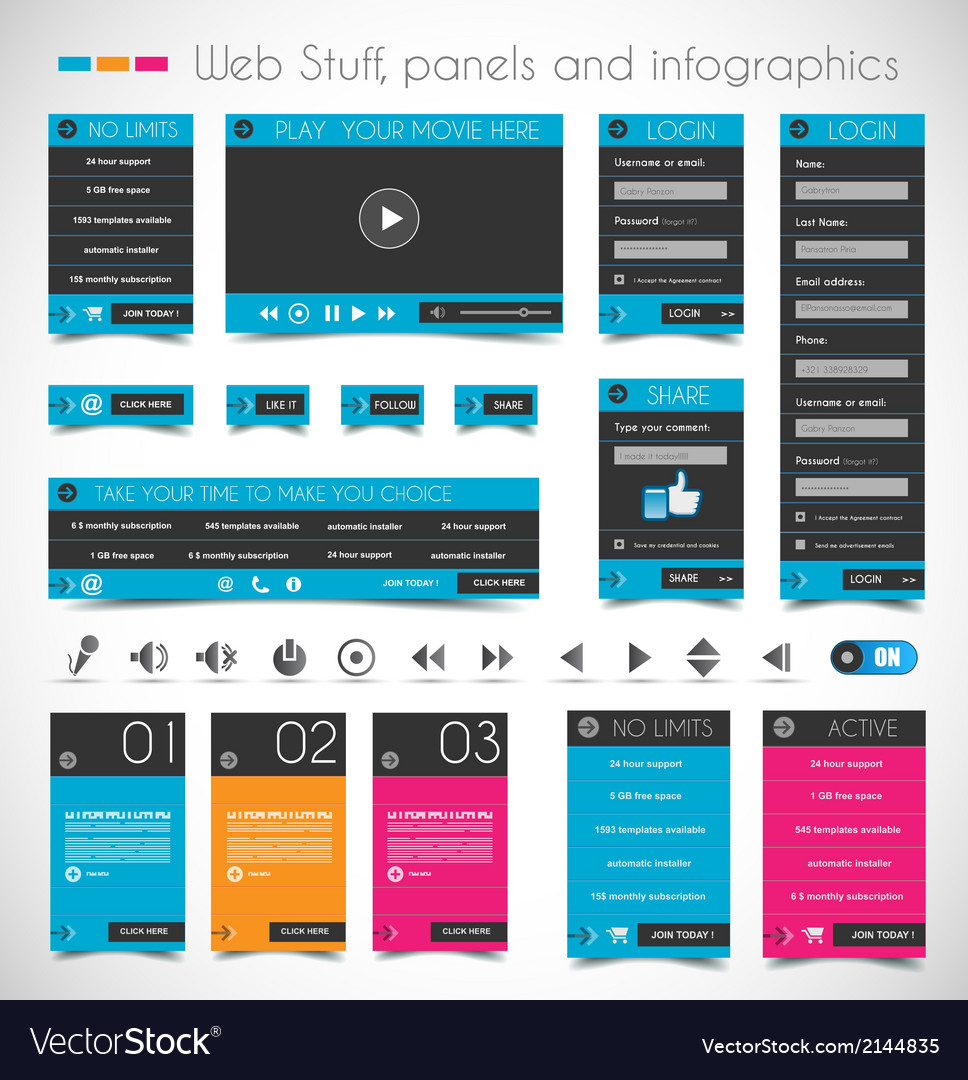The Advancement Of Web Design: Then And Currently
The Advancement Of Web Design: Then And Currently
Blog Article
Written By-Kinney Trolle
In the past, websites were basic and focused on info. Navigating was direct, and style was for desktop computers. Currently, individual experience is crucial. Information guides styles for simple navigation. Receptive formats match various tools. Today, dark setting lowers stress, and minimalist menus improve navigating. Interactive features engage users, and bold visuals stand apart. AI combination boosts interaction. See how layout has actually progressed to improve your on the internet trip.
Very Early Days of Web Design
In the very early days of web design, simplicity preponderated. Internet sites were fundamental, with limited colors, font styles, and formats. https://theamericangenius.com/business-marketing/seo-the-unsung-hero-of-digital-marketing-success/ got on providing information rather than showy visuals. Customers accessed the net via slow dial-up links, so rate and capability were key.
Navigating menus were straightforward, usually situated at the top or side of the web page. Web sites were designed for desktop, as mobile browsing had not been yet widespread. Web content was king, and developers focused on very easy readability over intricate design aspects.
related resource site was the primary coding language made use of, and designers had to function within its constraints. Computer animations and interactive attributes were marginal contrasted to today's standards. Internet sites were static, with little dynamic web content or customized user experiences.
Rise of User-Focused Design
With the development of site style, a shift towards user-focused layout concepts has become increasingly popular. Today, creating web sites that focus on user experience is critical for engaging visitors and achieving company objectives. User-focused layout includes understanding the requirements, preferences, and habits of your target audience to customize the website's format, material, and includes accordingly.
Designers currently perform comprehensive research, such as individual studies and use screening, to collect understandings and responses straight from individuals. This data-driven strategy aids in creating instinctive navigating, clear calls-to-action, and aesthetically enticing interfaces that resonate with site visitors. By placing the user at the center of the design process, web sites can supply a much more tailored and pleasurable experience.
Responsive design has actually likewise emerged as an essential aspect of user-focused layout, ensuring that web sites are optimized for various gadgets and screen dimensions. This versatility enhances ease of access and usability, satisfying the diverse methods users engage with web sites today. Fundamentally, the rise of user-focused layout represents a change in the direction of developing electronic experiences that prioritize the needs and assumptions of the end customer.
Modern Trends in Web Design
Explore the current fads shaping web design today. One noticeable fad is dark setting design, providing a smooth and contemporary look while decreasing eye strain in low-light atmospheres. One more key fad is minimal navigating, simplifying menus and improving customer experience by concentrating on essential elements. Including micro-interactions, such as animated switches or scrolling effects, can create a much more engaging and interactive web site. Responsive layout remains critical, ensuring smooth customer experiences across different devices. Furthermore, using strong typography and asymmetrical layouts can add aesthetic passion and draw attention to particular content.
Incorporating AI innovation, like chatbots for customer support or tailored referrals, enhances customer involvement and improves procedures. Availability has also come to be a substantial trend, with developers prioritizing comprehensive layout methods to cater to varied individual demands. Embracing sustainability by enhancing web site efficiency for speed and efficiency is one more arising fad in website design. Working together with individual responses and data analytics to iterate and improve layout continually is essential for staying pertinent in the ever-evolving digital landscape. By embracing these contemporary patterns, you can create a visually enticing, easy to use site that reverberates with your audience.
Final thought
As you assess the advancement of web site style from the very early days to now, you can see just how user-focused design has become the driving force behind contemporary trends.
Welcome the journey of change and adjustment in web design, constantly keeping the individual experience at the center.
Tippingpointdigital
Stay present with the current patterns and technologies, and never ever quit developing your strategy to create visually spectacular and easy to use web sites.
Develop, adapt, and produce - the future of website design is in your hands.
